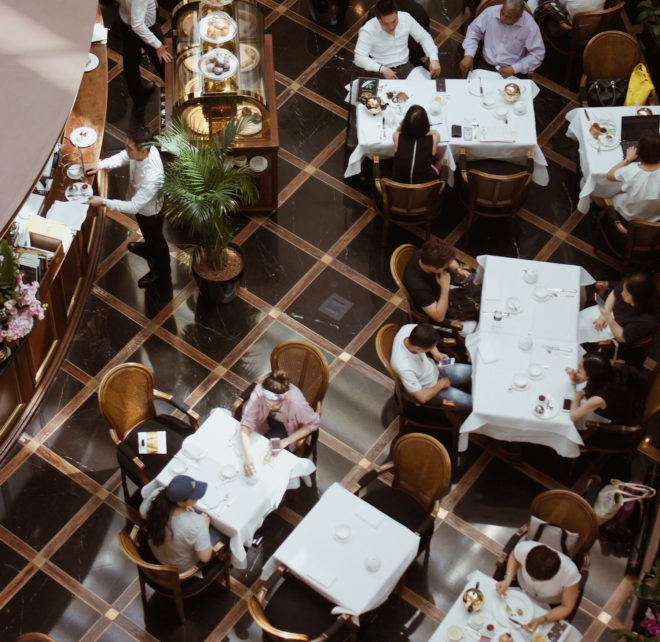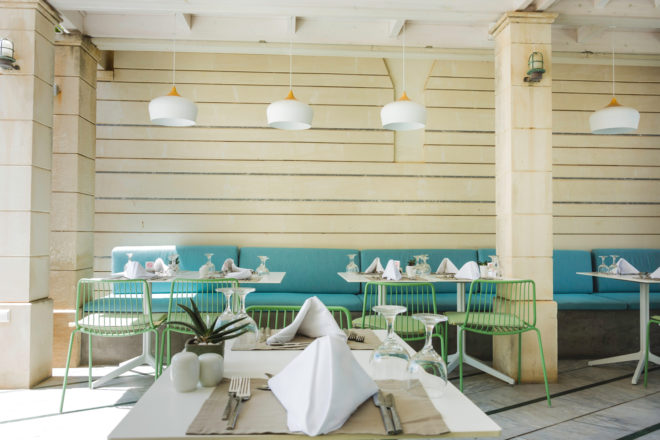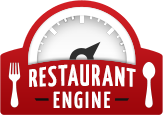What to Consider When Designing Your Restaurant Layout

The layout of your restaurant is integral to your overall success.
When designing or redesigning a restaurant, it’s an exciting time to get everything just the way you want it.
Decorating your restaurant and creating an efficient layout is more than just hiring an architect and a decorator. It’s about marketing and creating a space that is inviting and a place people want to return to.
It is also about creating a layout that supports your workflow and helps solidify your brand.
In this article, we look at what to consider when designing your restaurant layout.
Outline Each Space
Your restaurant is a little like a home in that you have separate spaces that must function both independently from one another and together.
You’ll find several important spaces to consider:
- The first space to think about is your kitchen. It should take up about 30-40% of your space. While this may seem like a lot of space, it is the central part of your restaurant. Without your kitchen, you have nothing. Start here when planning your layout.
- The next most obvious space is your dining room. Experts agree you should allocate 40-60% of your space to your dining room because like your kitchen, your restaurant doesn’t survive without customers.
- When it comes to the bathrooms, consider putting them near your kitchen so you can tie into your existing plumbing and water lines. If you have enough room, a staff-only bathroom is handy. Don’t skimp on your public restrooms, though. Tip – make sure there are enough stalls in your ladies room.
- Do you need a bar area? Not all restaurants will, but if you do, consider this into your overall layout plan.
- Your entry area is also important as it’s the first glimpse patrons have of the inside of your restaurant. If you anticipate waits, make sure the area is large enough to handle the crowd. If not, and you’re fast casual, this area can shrink in size.
Think About Seating Capacity
Your restaurant layout should be comfortable. While you may want to stuff as many tables and chairs as possible into your dining area, we encourage you to think about your customers’ comfort.
Ambiance is an important part of a restaurant’s success, and if yours is overcrowded and uncomfortable, you’ll lose repeat business. (tweet this)
One of the reason’s restaurants succeed is by the feeling they give their patrons. For example, if your restaurant is overcrowded, that makes for poor ambiance which can tell your customers that they will wait a long time, and their service won’t be up to par.
So, plan to have enough seating to be profitable, but consider your customer’s comfort at all times.

Keep a good view around all your tables for the best ambiance.
Consider Bad Seating Areas
No one wants to sit near the bathrooms, ever. Most people don’t want to sit by a wait station or the kitchen. And, others would rather be seated away from the door to avoid being too cold or to hot.
Many restaurants have bad seating areas, but when you’re designing your restaurant layout, you can avoid them by designing around them.
What are you to do with that space? You can still have seating in problem areas, just disguise them with screens, wood partitions, or plants. You can also relocate your wait station so it’s not near any tables.
As you’re creating your layout, sit in every seat in your restaurant. See which way the chairs are looking as well. Then, when you’ve identified problem areas such as seating that looks right into the kitchen, you can plan some disguises for your layout.
Lay Out Your Kitchen
As we mentioned earlier, if your kitchen placement and workflow are off, your restaurant won’t work. The kitchen is your central hub and should be the first space you design.
Don’t skimp on space here and make sure to allocate room for the following:
- Food prep
- Assembly line
- Cooking
- Plating
- Server pickup
- Dishwashing and cleaning
- Food storage
- Receiving area
Consider the right workflow in your kitchen and plan the space accordingly.
Design the Restrooms
If you have small restrooms that can’t accommodate your patrons, they will remember it.
Keep your restrooms separate from the dining area but easily accessible. By keeping them apart, you avoid having to disguise seating as well.
You want to consider your restroom placement as you do your kitchen placement for plumbing.
Bottom line – your restrooms should be roomy, ADA compliant, designed for cleanliness, and with ample space for a dining establishment your size.
Don’t Forget the Outdoor Space
If you have an outdoor eating or drinking space, it also takes a plan. You might consider a deck or patio to complement your indoor seating.
If you do this, make sure to make the same considerations as you did inside. In addition, your decor should be the same or mesh with your indoor décor. Take your brand personality outside with you.
Some outdoor seating areas face parking lots or streets. If your view isn’t ideal, you’ll also want to add some dividers into your layout. This might be a trellis, lattice wall, plantings, or some kind of fencing.
Do also plan some overhead protection into your outdoor layout to protect patrons in the summer.
When it comes to your table spacing, consider the following in this often smaller space:
- Leave room between your overhead area so your guests don’t hit their heads or have to duck.
- Keep a clear path that’s wide enough if you have plantings as some people don’t want to touch the greenery.
- Make sure you have enough space between tables. You might be tempted to overcrowd this smaller space, but you’ll find your guests want a fair amount of walking/personal space in between tables.
Final Thoughts
Designing or redesigning your restaurant takes a strategy and some planning. The layout of your restaurant can determine the workflow and whether it actually works.
Remember that every space has a purpose and should be well planned out.
Make sure to allot ample space to each unique part of your restaurant. Test it out and make sure you feel like the flow works.
You want to be able to serve your customers with ease and provide them the best comfort and ambiance possible. When choosing your decor, think about your target customer and design with them in mind. (tweet this)
At Restaurant Engine, not only do we create great, responsive websites, but you can count on us to create a website that drives business to all your restaurants and edges you above the competition by using mobile-friendly design with a terrific user experience. Ready to take the plunge and create a website with an online menu, blog and beautiful photos? Get your free website consultation today!
Images: K8 and Camille / Kmile on Unsplash


Restaurant areas are definitely important for customers. Even though the trend shifts more towards home delivery, (www.restolabs.com) it is more important for restaurants to give more incentives, better surroundings to make the dining-in experience even more special.